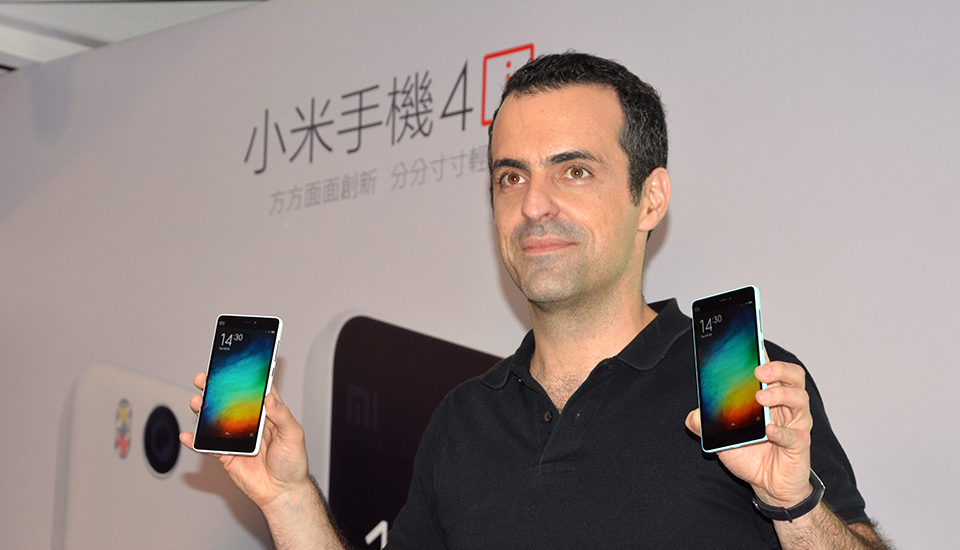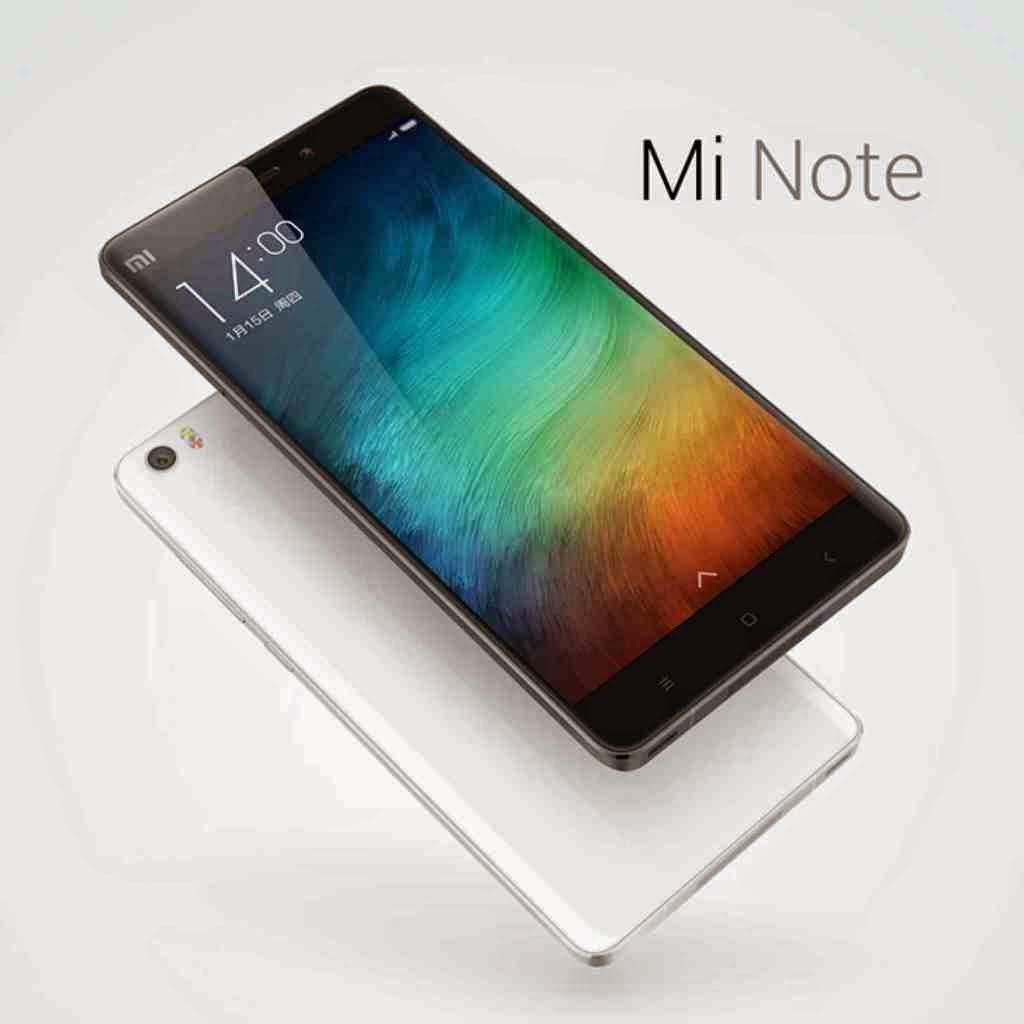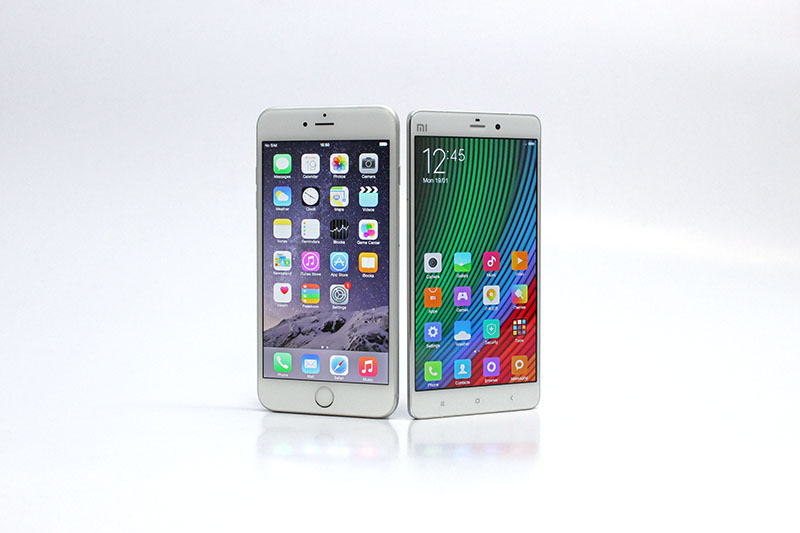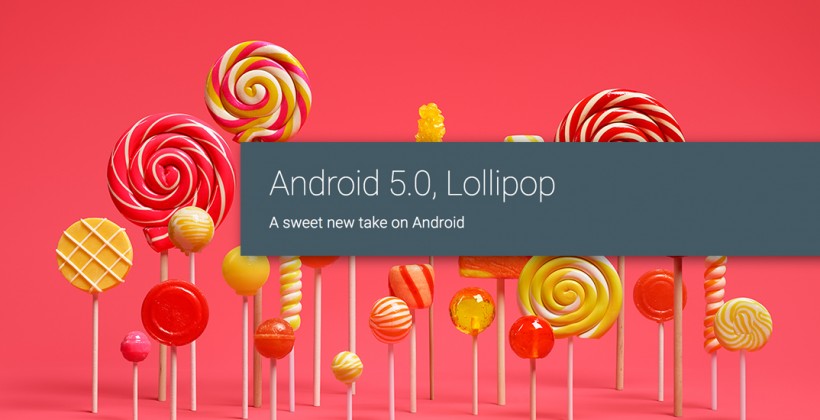Xiaomi retook its position as China’s largest smartphone vendor in the second quarter of 2015, while Apple fell to third place despite increased sales of its larger-screened iPhones. The plucky Chinese upstart that has often been accused of copying Apple took 15.9 percent of the Chinese market in the April-to-June quarter, followed by Huawei, which had 15.7 percent and was actually the fastest growing vendor.
In the final quarter of 2014, the iPhone 6 and iPhone 6 Plus helped Apple snag the top spot in China for the first time ever, according to Canalys, surpassing both Xiaomi and Huawei. Given that the retail price of the iPhone is greater than that of phones made by Chinese vendors, market research firm Canalys called this “an amazing result” at the time. Apple retained its dominant position in China for the first quarter of 2015, according to research firm International Data Corporation, with a market share of 14.7 percent and shipments of 14.5 million.
Naturally, all analyst data is open for interpretation but a separate report from Counterpoint Research corroborates that Xiaomi has retaken the top spot, with some slight difference in numbers here and there. Counterpoint then placed Vivo in fourth on 8.1 percent (250 percent year-on-year growth) with Samsung coming in fifth.
Samsung continues to lose its hold on China, most likely due to the popularity of mid-range devices from Xiaomi and (now) Huawei. The Korean firm has placed serious focus on China, turning out a series of super thin, mid-range phones that debut there first, but that strategy hasn’t drawn the desired results yet.
Aside from smartphones, Xiaomi has also been keen to develop next-generation tech in the form of health-related innovations such as air purifiers and water purifiers, which are needed in handling the growing pollution issues in China. They also partnered with Li Ning in creating smart shoes, which allow users to track their exercise stats with built-in sensors.





